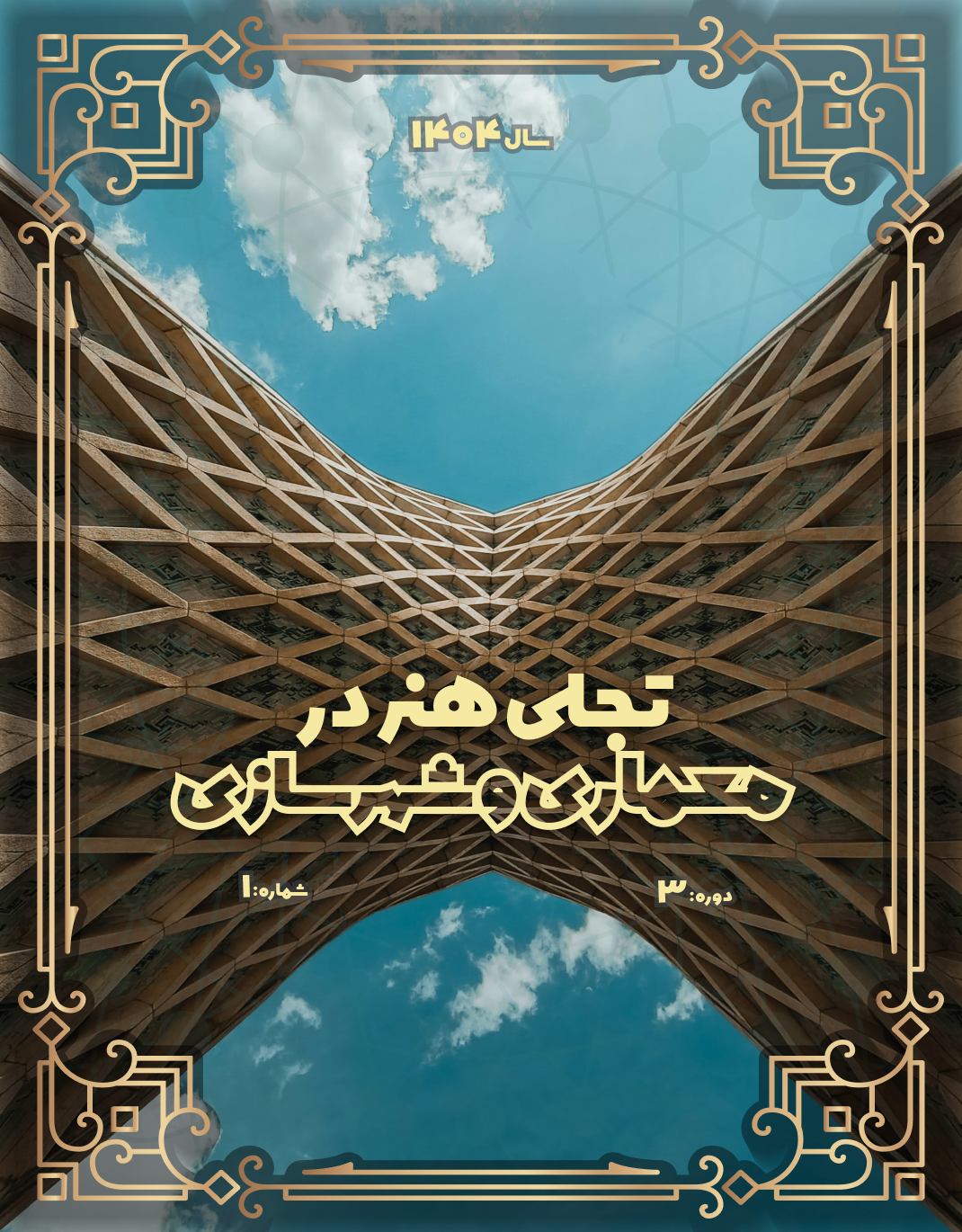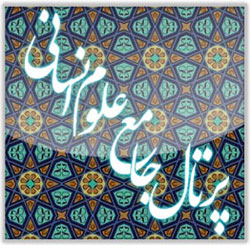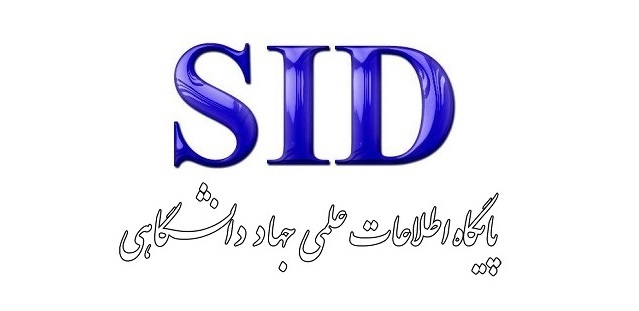تحلیل سازهای و ارزششناسی نیارش معماری گنبد سلطانیه: بررسی مداخلات مرمتی با استفاده از مدلسازی عددی و تحلیل المانهای محدود
کلمات کلیدی:
گنبد سلطانیه , تحلیل سازهای , مداخلات مرمتی, المانهای محدود , ارزششناسی ملموس و ناملموسچکیده
هدف این پژوهش، تحلیل نیارش گنبد سلطانیه با تأکید بر تأثیر مداخلات حفاظتی، بهویژه رینگ بتنی، بر پایداری سازهای و بازشناسی ارزشهای ملموس و ناملموس این اثر فاخر معماری دوره ایلخانی است. در این مطالعه، از مدلسازی عددی با استفاده از نرمافزار ABAQUS بهمنظور شبیهسازی رفتار سازهای گنبد سلطانیه در دو حالت: با و بدون رینگ بتنی استفاده شد. دادههای هندسی از طریق اسکن لیزری و نقشهبرداری دقیق جمعآوری و مصالح نیز بر اساس استانداردهای فنی تعیین شدند. سپس، توزیع تنشها و کرنشها تحت بارهای ثقلی و لرزهای تحلیل شد. نتایج نشان داد که گنبد سلطانیه، به دلیل طراحی هندسی و اصول دقیق نیارش، در برابر بارهای ثقلی پایداری مطلوبی دارد. رینگ بتنی افزودهشده تأثیر معناداری بر عملکرد گنبد در برابر بارهای ثقلی نداشته، اما در مواجهه با زلزله موجب تمرکز تنشها و محدودیت حرکت طبیعی گنبد شده است. همچنین، در مقایسهی رفتار مدلهای سازهای، وجود رینگ بتنی موجب اختلال در تعادل تنشهای حلقوی و نصفالنهاری شده است. یافتهها نشان میدهد که مداخلات حفاظتی گذشته، بهویژه رینگ بتنی، بدون تحلیل دقیق نیارشی، میتواند در شرایط لرزهای منجر به آسیبهای ساختاری شود. پژوهش، لزوم بهرهگیری از اصول حفاظت سازگار و مصالح متناسب با بناهای تاریخی را برجسته کرده و اهمیت تحلیلهای دقیق سازهای را در طراحی مداخلات آینده نشان میدهد.
دانلودها
مراجع
1. UNESCO. Soltaniyeh Dome: World Heritage Site. 2004.
2. Blair S, Bloom J. The Art and Architecture of Islam 1250–1800. New Haven: Yale University Press; 1995.
3. ICOMOS. International Charter for the Conservation and Restoration of Monuments and Sites (Venice Charter). 2007.
4. Riegl A. The Modern Cult of Monuments: Its Character and Its Origin. Los Angeles: Getty Publications; 1996.
5. Fielden BM, Jokilehto J. Conservation of Historic Buildings. Oxford: Elsevier; 2003.
6. Hejazi F. Structural Behavior Analysis in Traditional Iranian Architecture. Tehran: Scientific and Research Publishing; 2009.
7. Kalantari H. Numerical Modeling of the Soltaniyeh Dome Using the Finite Element Method. Journal of Architectural Research. 2017;8(2):75-90.
8. San Paolzi J. Restoration of the Soltaniyeh Dome: Structural Intervention Analysis. Journal of Cultural Heritage Conservation. 1971.
9. Casparini C. Structural Behavior of St. Peter’s Dome: Analysis and Historical Context. Journal of Architectural Heritage. 2015;9(2):123-40.
10. Neville AM. Properties of Concrete. Harlow: Pearson Education; 2011.
11. Hendry AW. Structural Masonry. London: Palgrave Macmillan; 1998.
دانلود
چاپ شده
ارسال
بازنگری
پذیرش
شماره
نوع مقاله
مجوز
حق نشر 2025 میر موسی انیران (نویسنده); زهره ترابی; میترا آزاد (نویسنده)

این پروژه تحت مجوز بین المللی Creative Commons Attribution-NonCommercial 4.0 می باشد.










